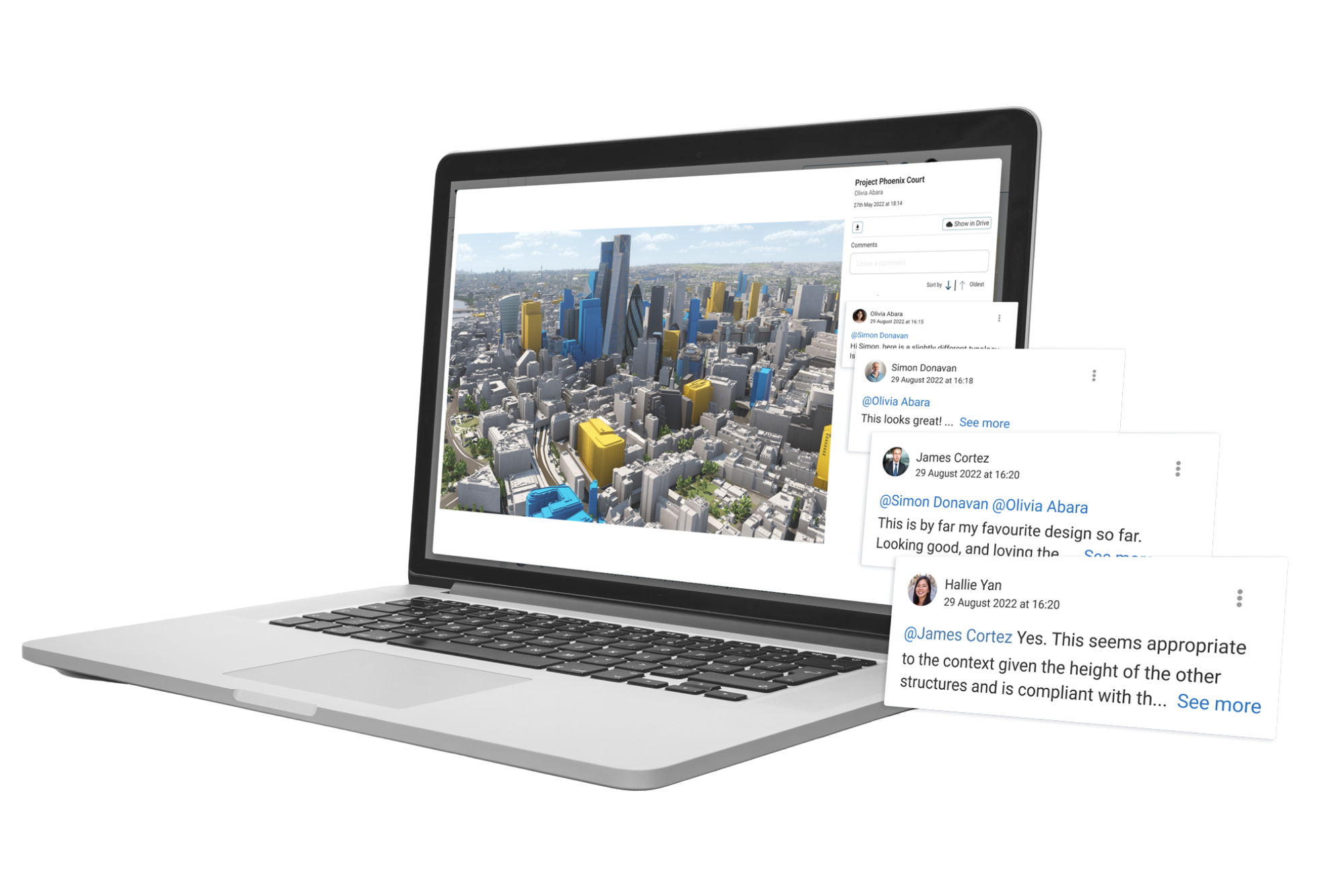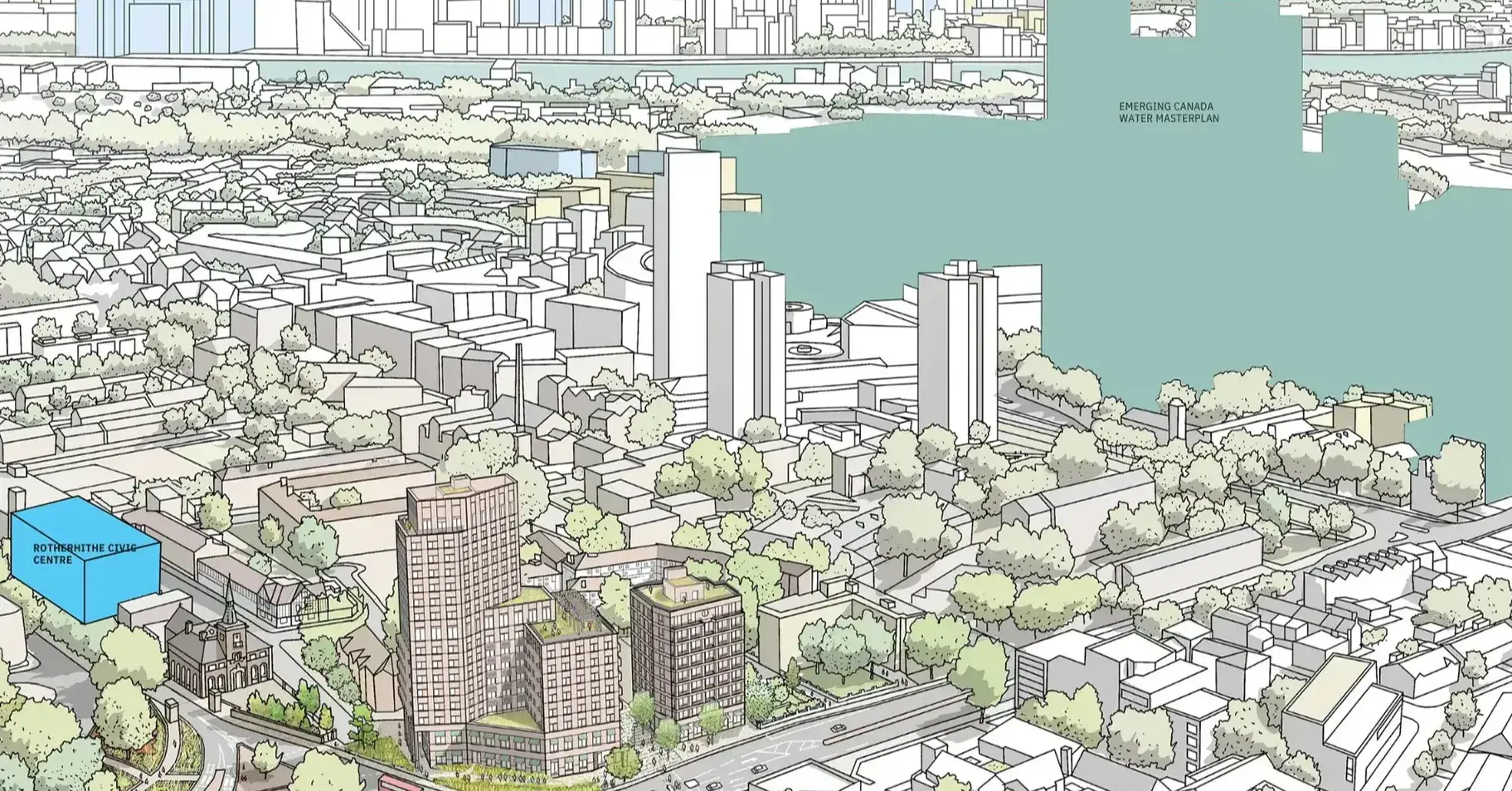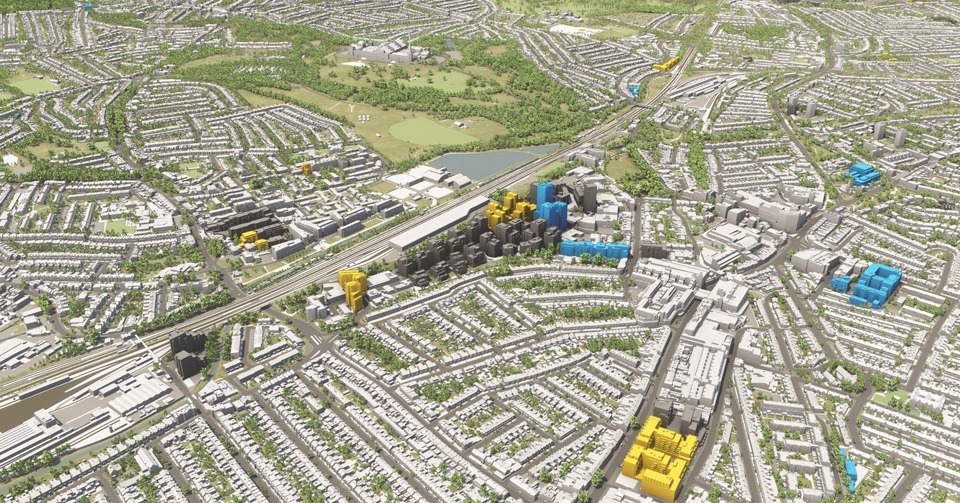Bridging the Gap: Integrating Smart Cities into architectural workflows
As urban areas continue to expand, the manner in which this growth occurs becomes increasingly significant. Smart Cities emerge as a powerful architectural innovation centred on crafting superior built environments. For architects, Smart Cities provide a means to comprehend the present while envisioning, designing, and planning the future.
Moreover, they redefine how architects operate.
|
Read the article to find out: |
- Experience an architectural workflow transformation
For architects, the incorporation of Smart City design and planning platforms is your key to unlocking a world of efficiency and innovation. By integrating these platforms into your workflow, you'll not only save precious time and resources, but you'll also embark on a journey of accelerated processes, reduced risks, and amplified trust in your creative vision.
Your projects, encompassing building design, construction planning, and maintenance provision, will flourish with enhanced precision and ingenuity.
2. But what is a Smart City Platform and how can they be used in architecture?
To effectively design the infrastructure and systems of Smart Cities, it's crucial to consider their context. This means having a deep understanding of the environment in which they will operate and the various elements within that environment they will interact with.
One type of Smart City platform is a digital twin–a virtual model of a real city. In the case of VU.CITY, for example, there are currently 26 cities available, each being a 3D multi-functional model with exceptional detail and accuracy.
In order to design the infrastructures and systems of Smart Cities well, we need to design them in context – that is, with an understanding of the environment in which they will exist, and the other elements of that environment with which they will interact. This is where digital twins or interactive 3D urban planning platforms come into great use for architects.
3. What are the benefits of using a digital twin?
3D modelling platforms or digital twins should be fully interactive and accurate. It’s important that they have multiple layers of GIS planning data you can swiftly access, and be able to share with stakeholders.
Briefly, Smart Cities let you...
• View your design(s) in situ from every angle
• Test to see what's achievable
• Explore possible constraints
• Optimise your plans
• Make decisions faster
• Collaborate easily
4. Integrating digital twins: A practical guide for architects
Architects, when it comes to integrating digital twins and 3D modelling platforms, understanding the intricacies and practicalities is paramount. You should always ensure that the virtual representations seamlessly connect with the real-world structures they design.
After importing your 3D design (Revit, Rhino, SketchUp, 3ds Max, and SiteSolve are all supported), your workflow might include:
• Testing design concepts by analysing massing and height options
• Exploring consented schemes timelines
• Collating vital data – such as listed buildings, air pollution, conservation areas
• Creating ZTV (Zones of Theoretical Visibility) studies
• Analysing the micro-climate
• Sharing modelling, data, ideas and thoughts with your stakeholders
• Creating stand-out presentations to 'sell' your scheme to planning decision-makers
Stakeholders may include constructors and IoT (Internet of Things) providers. And so construction planning and designing ongoing maintenance provision can also become part of your workflow.
Three real-world examples of Smart Cities in action
5. Smart Cities: The clever way to enhance your architectural project efficiency
For architects, the key ways Smart City platforms are making their workflows more efficient are;- Improved design accuracy - Test design iterations in situ to save time and reduce risks.
- Complex visual 3D analysis simplified – What once took you hours (or days) now takes seconds.
- Collecting all the GIS planning data you need from one place.
- Seamless collaboration with stakeholders. Share visuals and data so everyone involved can see and understand your plans and make decisions faster.
Smart Cities: The virtual tool of choice for architects
It's easy to see why Smart City platforms are fast becoming an essential tool for architects. Digital twins and 3D modelling platforms increase efficiency while at the same time enhance design, collaboration, and planning. They also help build trust and lower risks.
If you're interested in Smart Cities, read our related content below:
• From Blueprint to Binary: Transforming architecture with Smart City technology.
• Collaborative Creation: Quick wins for architects using Smart City platforms.
VU.CITY Case Studies
See how leading built environment experts are using VU.CITY
Shape Tomorrow’s Cities, Today.
Begin Your Free Trial Now.




-1-1-1.png)


